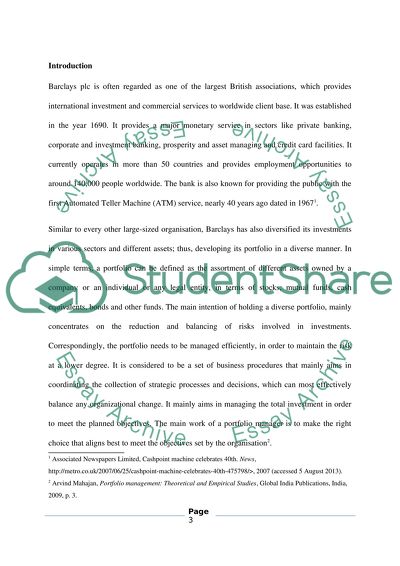Cite this document
(“Barclays Bank: Viewing Principles of Finance at Work Essay”, n.d.)
Barclays Bank: Viewing Principles of Finance at Work Essay. Retrieved from https://studentshare.org/finance-accounting/1483866-barclays-bank-viewing-principles-of-finance-at
Barclays Bank: Viewing Principles of Finance at Work Essay. Retrieved from https://studentshare.org/finance-accounting/1483866-barclays-bank-viewing-principles-of-finance-at
(Barclays Bank: Viewing Principles of Finance at Work Essay)
Barclays Bank: Viewing Principles of Finance at Work Essay. https://studentshare.org/finance-accounting/1483866-barclays-bank-viewing-principles-of-finance-at.
Barclays Bank: Viewing Principles of Finance at Work Essay. https://studentshare.org/finance-accounting/1483866-barclays-bank-viewing-principles-of-finance-at.
“Barclays Bank: Viewing Principles of Finance at Work Essay”, n.d. https://studentshare.org/finance-accounting/1483866-barclays-bank-viewing-principles-of-finance-at.


